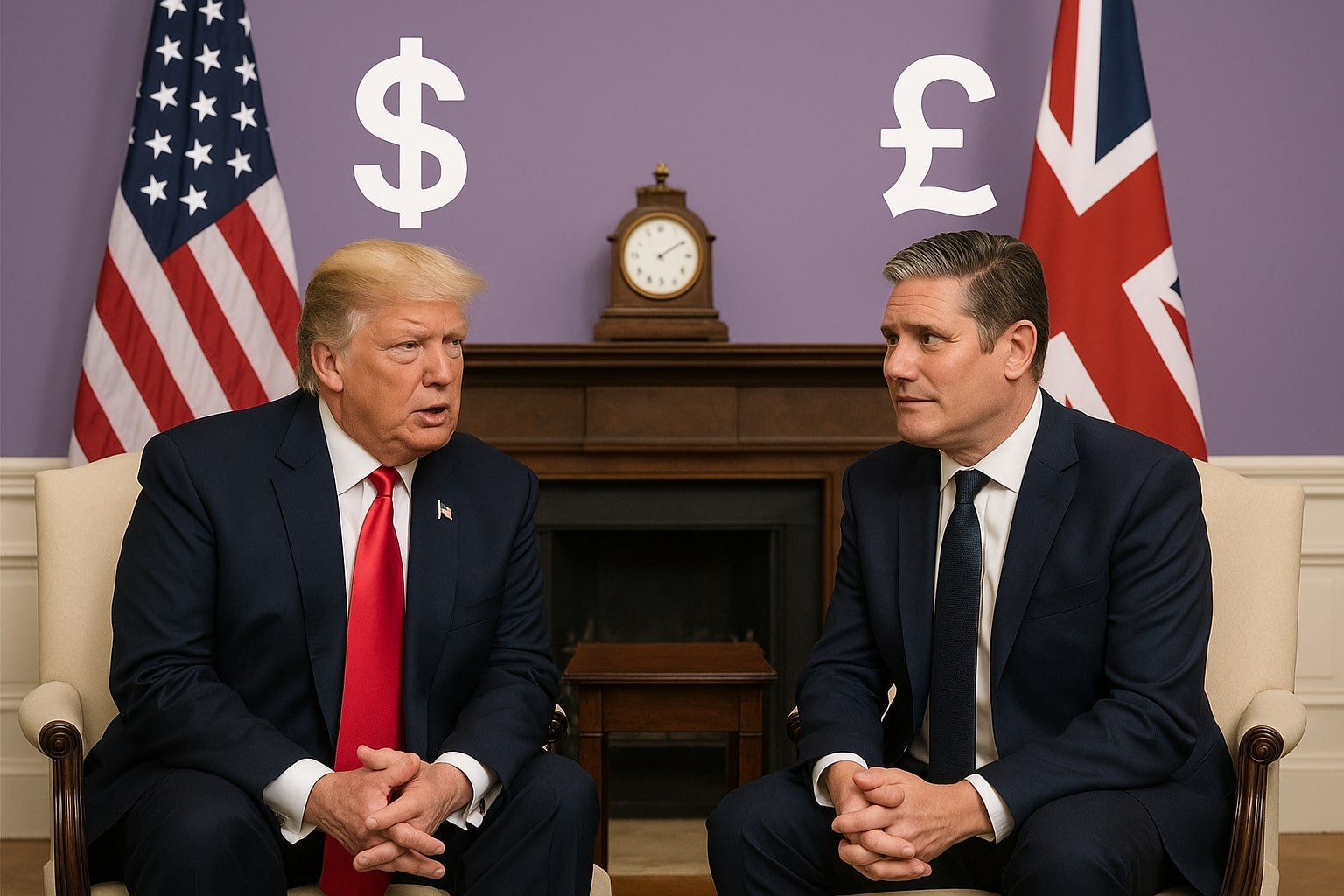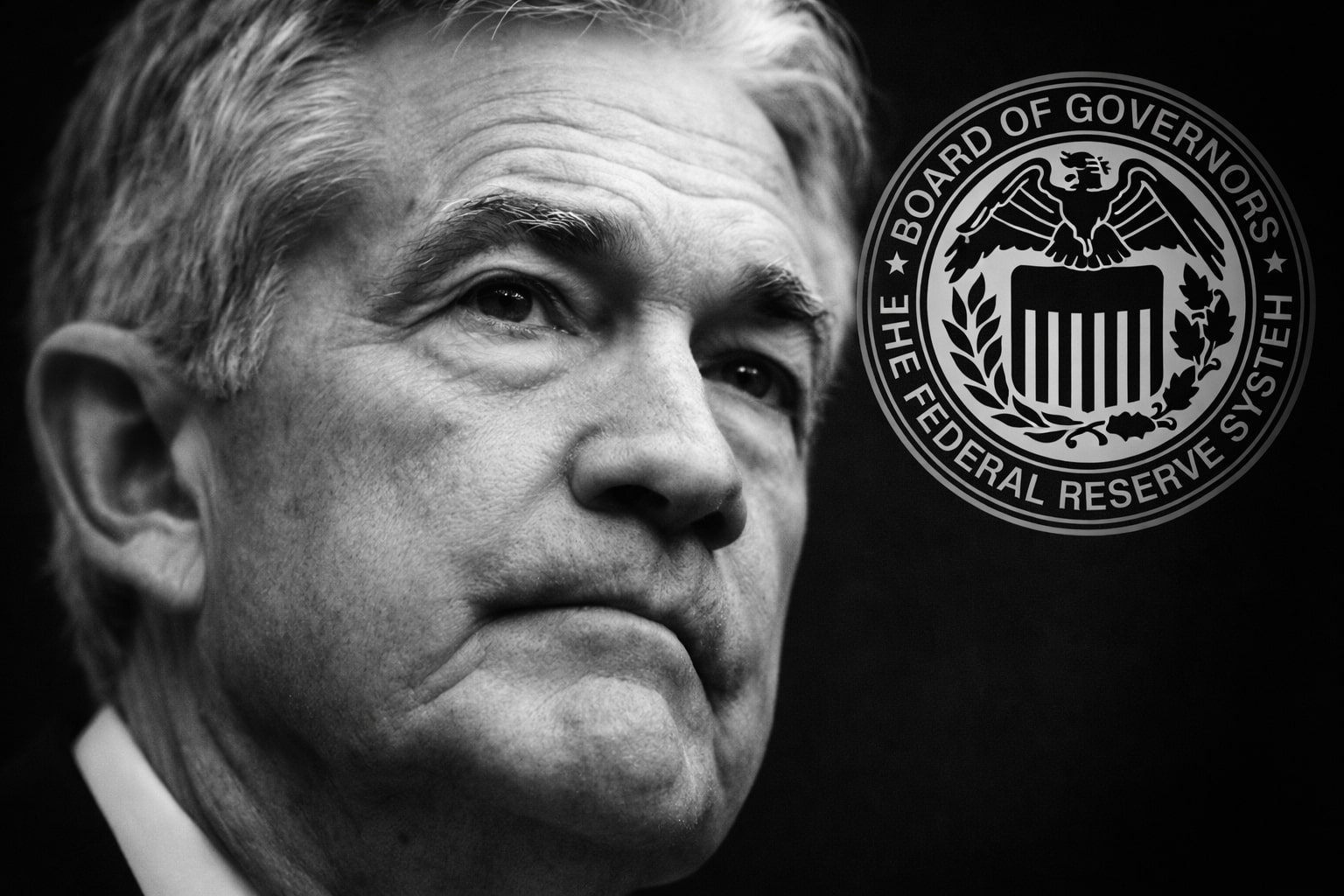Federal Reserve’s Steadfast Stance Strengthens the US Dollar
The Federal Open Market Committee’s 9–2 vote to keep the federal funds rate at 4.25–4.50% and Chair Jerome Powell’s insistence on a meeting-by-meeting approach crushed market hopes for a September rate cut. Traders pared back dovish Fed bets, sending the US Dollar Index to a two-month high near 100.00 and bestowing renewed vigor on greenback-denominated pairs. Powell’s rejection of political pressure to ease policy, coupled with his refusal to offer forward guidance on rate cuts, underscored the Fed’s determination to guard against upside inflation risks and bolstered demand for US assets.
US Labor Market Resilience Underpins Dollar Strength
Initial Jobless Claims fell to 218,000 for the week ending July 26, exceeding expectations of 224,000 and underpinning the view that the labor market remains tight. ADP private payrolls surged by 104,000 in July, well above forecasts of 80,000, while June’s losses were revised from –33,000 to –23,000. Together, these data paint a picture of sustained labor demand that supports consumer spending and complicates the Fed’s path toward rate cuts, reinforcing dollar outperformance against the pound.
Elevated PCE Inflation Keeps Fed Caution Intact
The Fed’s preferred inflation gauge, the Core PCE Price Index, unexpectedly rose to 2.8% year-over-year in June (versus 2.7% in May), while headline PCE climbed to 2.6% (above the 2.5% forecast). These prints—above consensus—confirm that underlying price pressures have yet to abate and justify the Fed’s “moderately restrictive” stance. For GBP/USD, this means that any speculation of Fed easing gets deferred, tipping the policy divergence scales further in favor of the dollar.
Sterling’s Fragile Rebound Meets Technical Resistance
GBP/USD briefly rallied to 1.3281 after US data headlines before rolling over to 1.3214. The pair’s drop below the 100-day simple moving average at 1.3334 signals that sterling bulls have lost control. The snub of a BoE-in-August rate cut—seen as 80% priced in—fails to counteract Fed hawkishness, leaving Cable vulnerable. With the 10-day EMA at 1.3250 and 1.3300 acting as a short-term ceiling, GBP/USD appears trapped in a downward channel.
Policy Divergence and Market Odds on Rate Cuts
Fed funds futures now assign only a 35–43% chance of a September Fed cut, down from 63% earlier in the week, while UK gilts price in an 80% probability of an August Bank of England easing to 4.00%. This widening gap emboldens dollar strength and exerts sustained selling pressure on GBP/USD. The interplay of sticky US inflation and resilient jobs data delays Fed cuts, whereas muted UK growth metrics keep BoE rate-cut expectations alive.
Key Technical Levels Define the Next Moves
Breaking below the 1.3200 mark exposes GBP/USD to swift declines toward 1.3100, where the 200-day SMA resides at 1.2977. A failure to reclaim 1.3250 on a daily close would confirm bearish momentum and open the path to 1.3000. Conversely, only a convincing rebound above 1.3280—and ultimately above the 50-day EMA at 1.3500—could challenge the prevailing downtrend. Short-term oscillators such as the RSI pivoting below 50 and a bearish MACD crossover fortify the case for further losses.
Economic Calendar and Risk Events Ahead
All eyes now turn to Friday’s US non-farm payrolls report, with consensus forecasts of 110,000 job additions and a slight uptick in the unemployment rate to 4.2%. A soft NFP print could ease Fed pressure and offer temporary relief to Cable, but any upside surprise is likely to reinforce dollar dominance. On the UK front, July’s manufacturing PMI and services sector readings will be scanned for signs that growth headwinds are persisting, shaping sterling’s medium-term trajectory.
Strategic View: Hold Short Sterling Exposure
Given the entrenched policy divergence, robust US labor market, and persistent PCE inflation, GBP/USD remains on a path of least resistance to the downside. The technical breakdown below critical moving averages, coupled with deteriorating market odds for Fed easing, argues for maintaining short-sterling positions or avoiding new long bets. Only a marked shift in US data or an unexpected BoE hawkish surprise could challenge this bearish outlook.




















